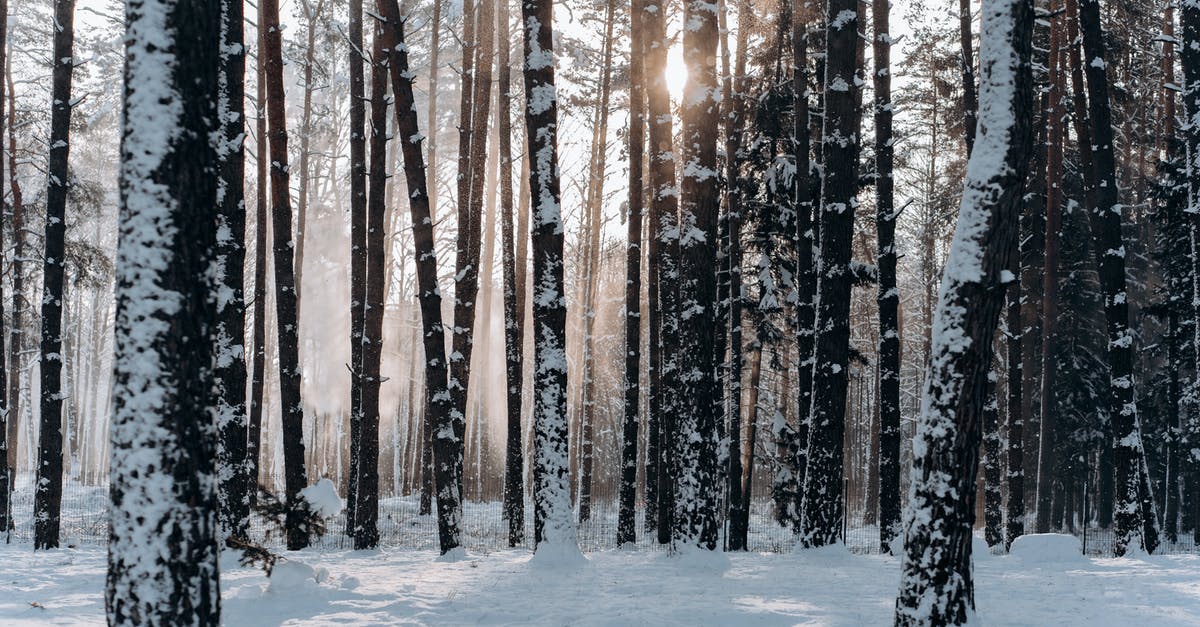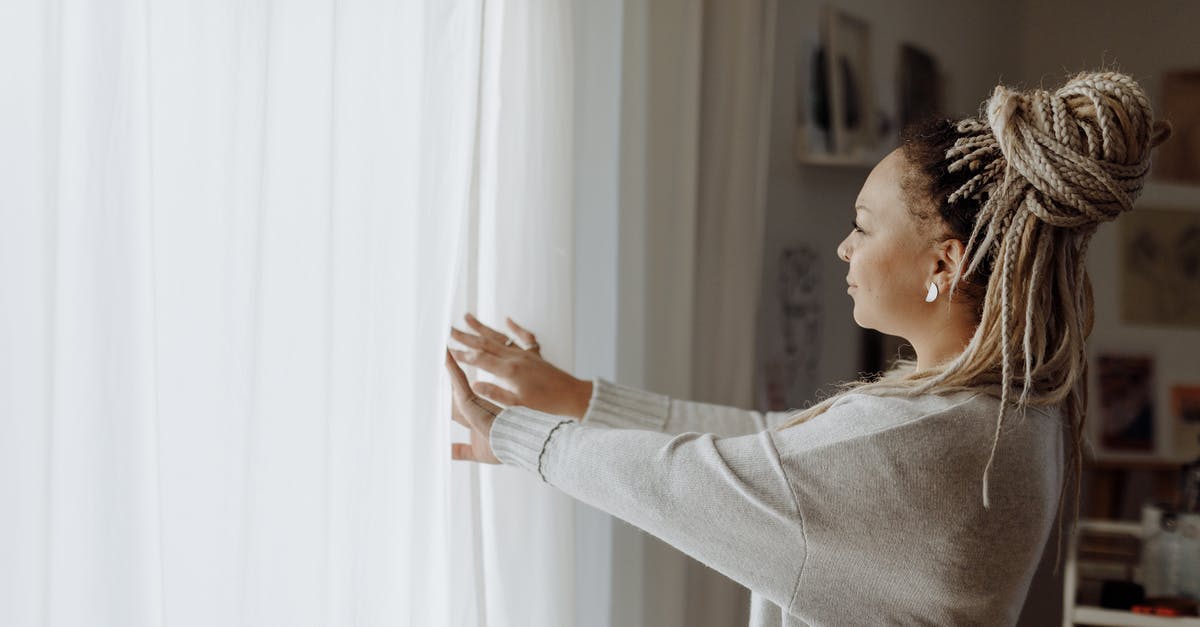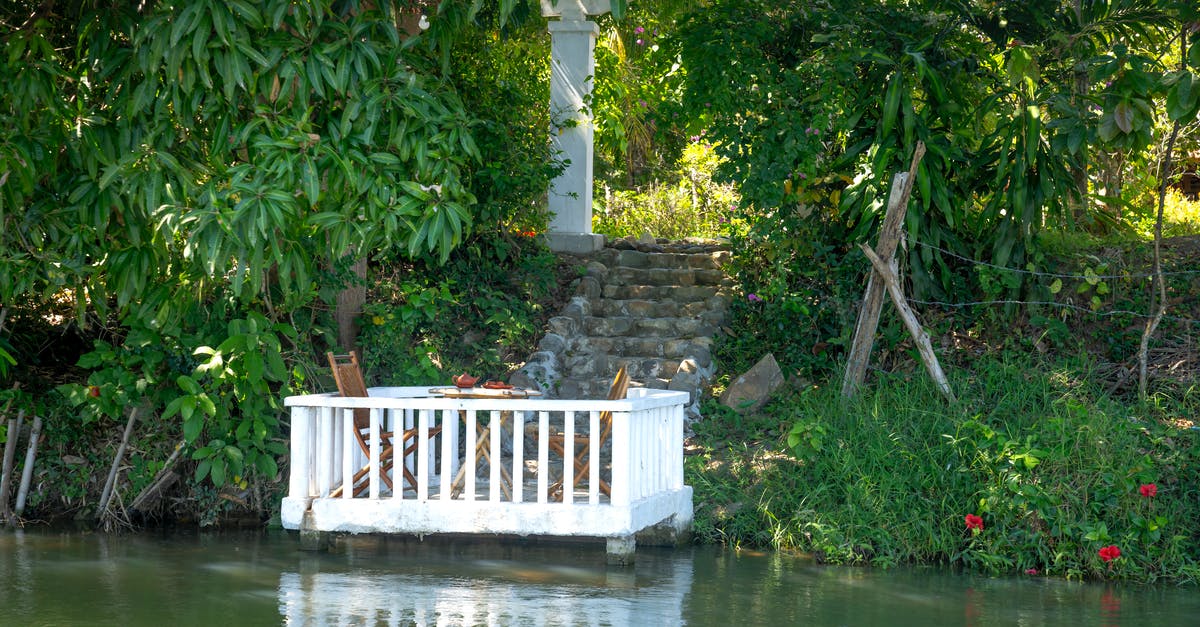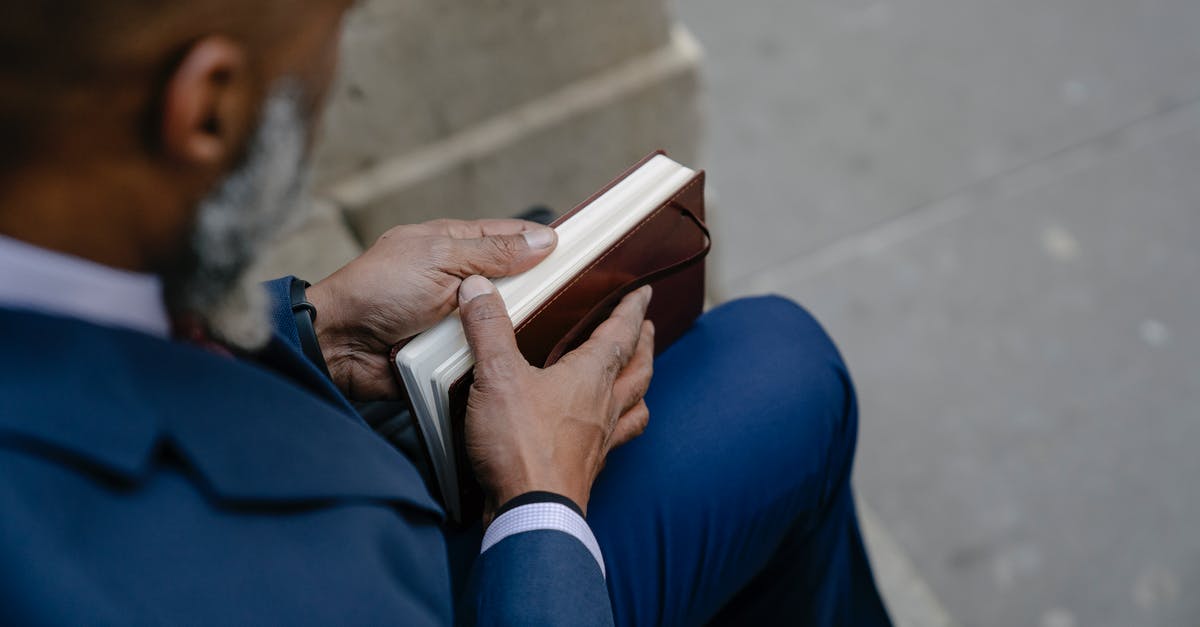What is the significance of the opening scene of BlacKkKlansman

The opening scene shows wounded confederate soldiers lying on the ground. The camera pulls back and upwards revealing more and more soldiers - as far as the eye can see. A woman walks among them calling for a doctor by name - she appears to be looking for this doctor as though she expects him to be one of the wounded men.
This doesn't appear to be a battle ground - more like a safe place where the soldiers have returned to for treatment.
At first it appears that this could be a scene from an old movie - it's a bit grainy and in a boxy screen ratio - but the expanse of the scene and the camera movements make me suspect it's a modern shot.
What is the significance of this brief scene which takes place around 100 years before the events of the main story?
Best Answer
It's a scene from another (famous) movie:
BlacKkKlansman opens with a famous crane shot from the classic Gone With the Wind. Scarlett O’Hara (Vivien Leigh) roams through a train yard full of Civil War injured and dead as a tattered Confederate flag flaps in the breeze, the 1939 film's bow to a romanticized view of the “Lost Cause.”
Spike Lee’s newest joint, BlacKkKlansman, opens with a scene from another film: Gone with the Wind, the part when Vivien Leigh’s character, Scarlett O’Hara, surveys the massive Confederate casualties following the Battle of Atlanta—a resounding victory for the Union that presaged the surrender of the slave-holding South less than a year later.
It’s a hilarious barb to open the film with—a parameter-setting visual gag that undermines the argument of white power before it even begins. You fought a war 150 years ago and lost, Lee’s saying. Get over it. Everything that comes next makes the Confederate fanboys decades later seem like genuine losers.
The opening also comes off as something of a dig at Gone with the Wind itself, whose reputation as one of the great films of all time took a hit in the second half of the 20th century when modern film critics and historians pointed out that, actually, it’s pretty racist and nostalgic about the “Lost Cause” of the American Civil War—a historical justification for perpetuating white supremacism.
So much of BlacKkKlansman – a genre movie that takes a recognizable storytelling mode (the "buddy cop" comedy) and remolds it to fit the revolutionary tale Lee is telling – deals with the cinematic image, and how it acts as a mirror: reflecting and distorting both American history and its people throughout the medium’s just over 100-year lifetime. There's a reason the very first scene we see in BlacKkKlansman wasn't even shot by Lee, but comes from Victor Fleming's heralded big screen adaptation of Gone With the Wind ('39). As the camera slowly pulls back over the battlefield of Atlanta, it's a reminder that one of the earliest American cinematic "classics" celebrated a white Southern heroine who owned slaves and even lived under a charred symbol of racist pride: The Confederate Flag (which fills up the majority of the first frame, defiantly flapping in the wind above hundreds of fallen Confederate soldiers).
Upon its release, Gone With the Wind was a national sensation, with its opening date even declared a state holiday by Eurith D. Rivers, the Governor of Georgia. The most expensive film production yet attempted by an ever-expanding Hollywood, producer David O. Selznick feared he’d never see a profit. Instead – despite a nearly four-hour running time – Gone With the Wind grossed 25 times its cost on the movie’s initial run, and won eight Academy Awards, including Best Picture. Adjusted for inflation, this Technicolor dream of the “Old South” – which comes complete with Hattie McDaniel's Best Supporting Actress win for her portrayal of house servant, Mammy – remains one of the biggest box office hits in US cinema history, and was named the fourth best American film by the AFI in ‘98.
Nevertheless, Gone With the Wind is still undeniably problematic, and has even been condemned by certain critics as being an antiquated relic that should go the way of the Confederate Flag. As Lou Lumenick wrote in the NY Post back in '15:
"True, Gone with the Wind isn’t as blatantly and virulently racist as D.W. Griffith’s Birth of a Nation, which was considered one of the greatest American movies as late as the early 1960s, but is now rarely screened, even in museums. The more subtle racism of Gone with the Wind is in some ways more insidious, going to great lengths to enshrine the myth that the Civil War wasn’t fought over slavery — an institution the film unabashedly romanticizes."
Here is Spike Lee talking to BlackTree TV on how he saw Gone with the Wind as a child and was disturbed by the movie:
Pictures about "What is the significance of the opening scene of BlacKkKlansman"



BlacKkKlansman | Becoming the First Black Police Officer in Colorado Springs
Sources: Stack Exchange - This article follows the attribution requirements of Stack Exchange and is licensed under CC BY-SA 3.0.
Images: Mikhail Nilov, Thirdman, Quang Nguyen Vinh, Barbara Olsen
